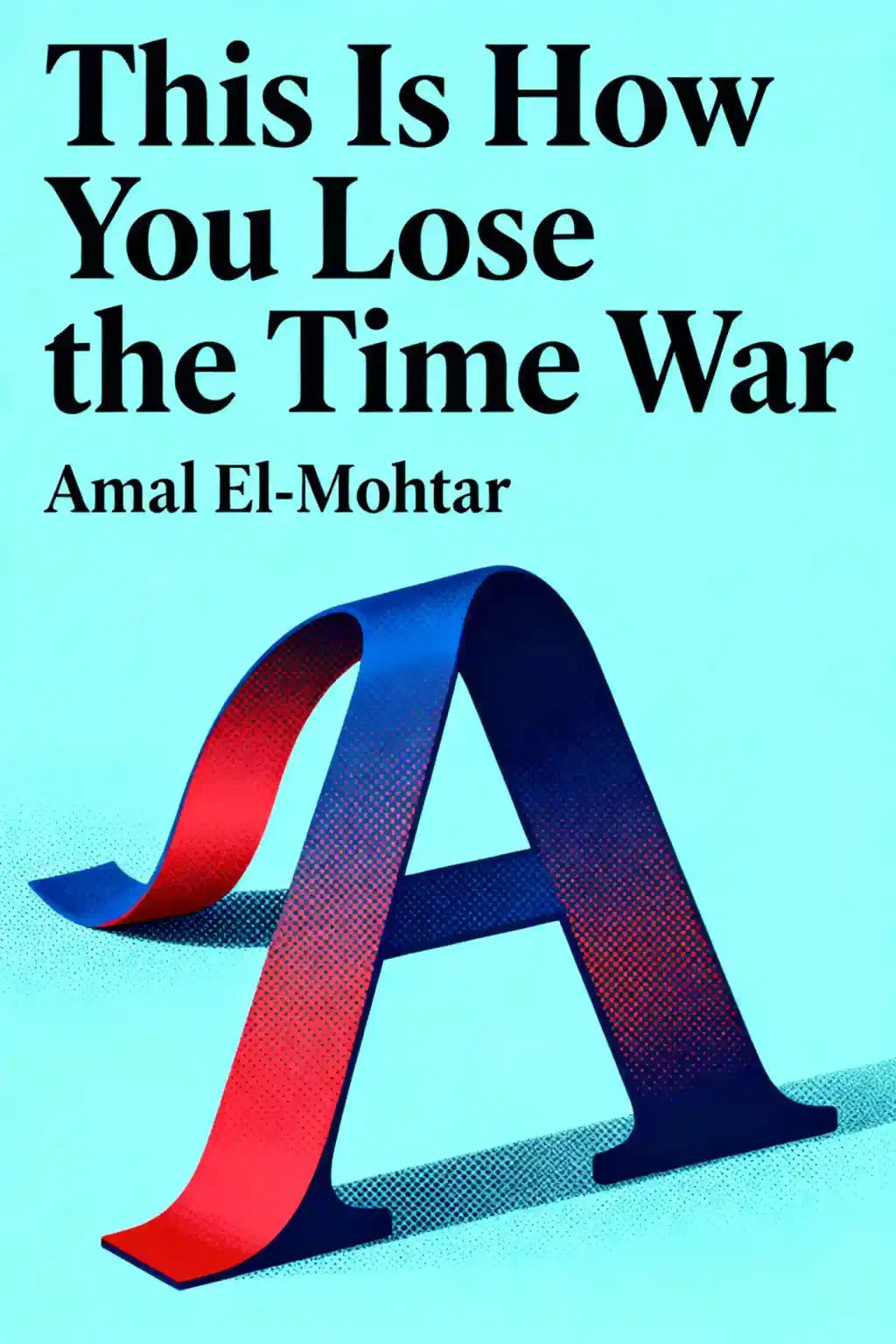What is Heidi by Johanna Spyri about?
Heidi by Johanna Spyri is a classic children's novel about a five-year-old orphan sent to live with her reclusive grandfather in the Swiss Alps. The story follows Heidi's joyful life in the mountains, her forced relocation to Frankfurt as a companion to invalid Clara Sesemann, and her eventual return home. Through Heidi's journey, the novel explores themes of nature's healing power, faith, and the importance of belonging.
Who should read Heidi by Johanna Spyri?
Heidi by Johanna Spyri is perfect for children aged 8-12 who enjoy heartwarming adventure stories with strong moral themes. Parents and educators seeking classic literature that celebrates nature, friendship, and personal growth will find this book invaluable. Adult readers interested in Swiss culture, 19th-century children's literature, or nostalgic classics will also appreciate Johanna Spyri's vivid Alpine storytelling and timeless life lessons.
Is Heidi by Johanna Spyri worth reading?
Heidi by Johanna Spyri remains worth reading as one of the best-selling Swiss novels of all time, having captivated generations since 1881. The book offers beautifully descriptive Alpine landscapes, memorable characters, and universal themes about resilience and finding home. While some modern readers may find the religious elements and 19th-century values dated, Johanna Spyri's portrayal of childhood innocence and nature's transformative power continues to resonate across cultures.
Who was Johanna Spyri and when was Heidi published?
Johanna Spyri was a Swiss author born in 1827 in Hirzel, Switzerland, who wrote over forty books during her career. She published Heidi in two volumes between 1880-1881, remarkably completing the manuscript in just four weeks. Spyri drew inspiration from her childhood summers near Chur in Graubünden, creating the vivid Alpine setting that made Heidi her most enduring work. She died in 1901, leaving behind a legacy as Switzerland's most celebrated children's author.
What are the main themes in Heidi by Johanna Spyri?
Heidi by Johanna Spyri explores nature's healing power as the mountain environment restores physical and spiritual health to multiple characters. The novel contrasts simple rural life with restrictive city living, showing how authenticity and freedom nurture wellbeing. Additional themes include faith and redemption through Heidi's influence on her grandfather, the importance of family bonds, personal growth through adversity, and how compassion and friendship transcend social class differences.
How does Heidi change her grandfather in Heidi by Johanna Spyri?
In Heidi by Johanna Spyri, young Heidi transforms her bitter, reclusive grandfather through unconditional love and innocent faith. Her cheerful nature and genuine affection soften his hardened heart, while her readings of Biblical stories—particularly "The Prodigal Son"—inspire him to pray for the first time in years. By the story's end, Heidi's grandfather rejoins society, attends church, and even moves to the village during winter so she can attend school.
What does Heidi by Johanna Spyri teach about nature and healing?
Heidi by Johanna Spyri demonstrates that natural environments possess remarkable restorative powers for physical and mental health. Heidi thrives in the Alpine meadows while becoming ill from homesickness in urban Frankfurt, showing nature's essential role in childhood wellbeing. Most dramatically, invalid Clara Sesemann learns to walk after spending time in the fresh mountain air, drinking goat's milk, and experiencing outdoor freedom—illustrating Johanna Spyri's belief in nature as medicine for body and soul.
What is the relationship between Heidi and Clara Sesemann?
Heidi and Clara Sesemann form a deep friendship despite their contrasting backgrounds in Heidi by Johanna Spyri. Clara, a wealthy invalid confined to a wheelchair, finds joy in Heidi's descriptions of Alpine life and naive city mishaps. Their bond transcends the companion-employer arrangement, becoming genuine sisterly love. When Clara visits the mountains, Heidi helps her learn to walk, demonstrating how their friendship brings healing and transformation to both girls' lives.
Why does Heidi become homesick in Frankfurt in the story?
In Heidi by Johanna Spyri, Heidi's homesickness in Frankfurt stems from the oppressive contrast between restrictive city life and her beloved Alpine freedom. The stern housekeeper Fräulein Rottenmeier places constant restraints on the free-spirited child, while Heidi desperately misses the mountains, her grandfather, and Peter's blind grandmother. Her homesickness becomes so severe it causes sleepwalking episodes, eventually prompting a doctor to recommend her return before serious illness develops.
How does Heidi by Johanna Spyri compare to other classic children's books?
Heidi by Johanna Spyri stands alongside classics like Anne of Green Gables and The Secret Garden for featuring spirited young heroines who transform their surroundings through optimism. Unlike darker Victorian tales, Johanna Spyri emphasizes nature's healing power and simple living over industrial progress. The book's focus on rural Swiss life and Christian faith distinguishes it from British classics, while its orphan-finds-home narrative parallels works like Little Women and Pollyanna in celebrating family bonds.
What are the criticisms of Heidi by Johanna Spyri?
Critics of Heidi by Johanna Spyri note the book's heavy-handed religious messaging and idealized portrayal of poverty that romanticizes rural hardship. Some modern readers find the stark good-versus-evil characterizations simplistic, particularly the villainous Fräulein Rottenmeier. The narrative's anti-urban bias and suggestion that cities are inherently corrupting feels dated. Additionally, the miraculous cure of Clara's disability through mountain air has been criticized for promoting unrealistic expectations about disability and oversimplifying medical conditions.
Why is Heidi by Johanna Spyri still relevant in 2025?
Heidi by Johanna Spyri remains relevant in 2025 as society increasingly recognizes nature's mental health benefits and questions technology-saturated urban living. The book's themes of disconnection, homesickness, and finding authentic belonging resonate with modern readers experiencing digital burnout and seeking simpler lifestyles. Johanna Spyri's emphasis on intergenerational relationships, community bonds, and emotional resilience speaks directly to contemporary concerns about isolation and wellbeing, making Heidi's 144-year-old message surprisingly timely.





















